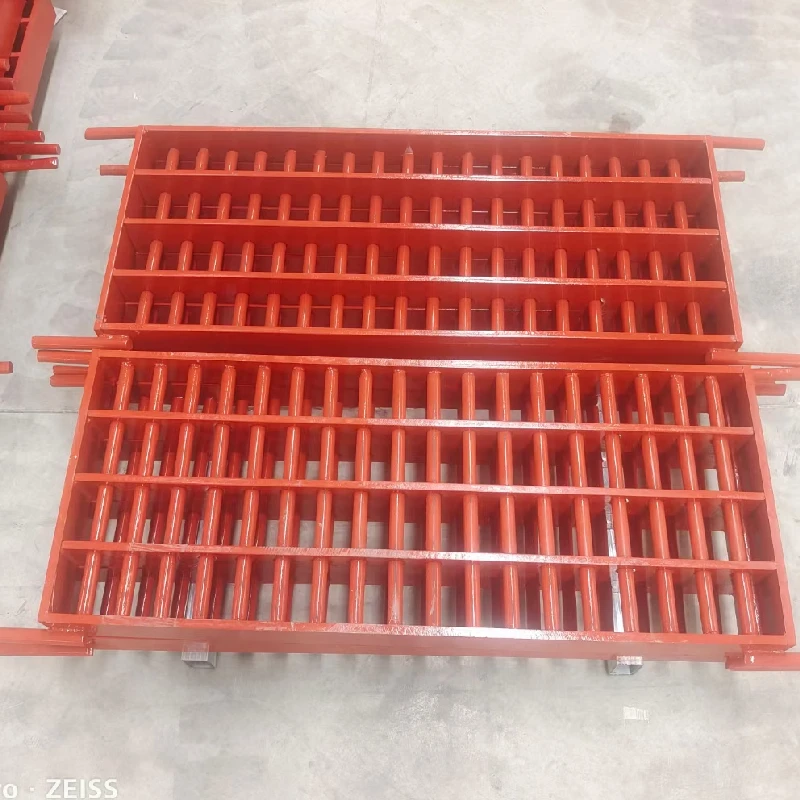Exploring the Benefits and Features of Active Bollard Technology for Urban Safety
Active Bollards Enhancing Urban Security and Traffic Management
In today's fast-paced urban environment, cities are constantly searching for innovative solutions to improve safety and traffic management. One such solution that has gained popularity in recent years is the use of active bollards. These intelligent barriers offer a range of benefits, addressing both security concerns and pedestrian flow in crowded spaces.
Active bollards, unlike traditional static barriers, are designed to move up and down, allowing them to be deployed as needed. Typically controlled via remote systems, sensors, or by operators, these bollards can be raised to block vehicle access in certain areas while allowing authorized vehicles to pass. This dynamic functionality makes them an ideal choice for urban areas that require flexible traffic management systems.
One of the primary advantages of active bollards is their role in enhancing public safety. In urban settings where pedestrian traffic is prevalent—such as shopping districts, parks, and event venues—active bollards can prevent unauthorized vehicle entry. This is critical in safeguarding large crowds from potential vehicular attacks, which have sadly become a concern in many cities worldwide. For instance, following several high-profile incidents where vehicles were deliberately used to harm pedestrians, many municipalities have adopted active bollards to create safer public spaces.
Moreover, active bollards contribute significantly to traffic control. Depending on the time of day or specific events, cities can adjust access to certain areas. For example, during peak hours, these bollards can limit access to delivery vehicles, allowing only pedestrian traffic. Conversely, during specific hours, they can lower to enable deliveries or access for authorized vehicles. This adaptive capability not only enhances traffic flow but also minimizes congestion in busy urban centers.
active bollards

The integration of advanced technology is another aspect that makes active bollards so effective. Many systems are equipped with sensors that can detect approaching vehicles, providing a real-time response to potential threats. Additionally, they can be connected to city-wide traffic management systems, allowing for coordinated responses to traffic patterns and emergencies. This technology-driven approach not only improves the efficiency of urban spaces but also provides vital data for city planners looking to optimize infrastructure.
The aesthetic design of active bollards has also evolved over the years. Many modern solutions enhance the urban landscape rather than detract from it. They come in a variety of styles, materials, and colors, allowing cities to choose options that seamlessly blend into their architectural identity while still retaining their functionality. This attentiveness to design ensures that while safety and security are prioritized, urban aesthetics are not compromised.
Furthermore, the installation of active bollards can also contribute to sustainability initiatives within a city. By managing vehicular access, active bollards can encourage alternative forms of transportation, such as cycling and walking, thereby promoting healthier lifestyles and reducing traffic emissions. Cities can implement these solutions as part of a broader strategy to foster an environmentally friendly urban environment.
In conclusion, active bollards represent a forward-thinking solution capable of significantly enhancing urban safety and traffic management. Their flexibility, advanced technology, and design appeal make them an essential investment for modern cities looking to address evolving security challenges and improve pedestrian experiences. As urban populations grow and the complexities of city life increase, the role of active bollards will undoubtedly become even more vital in creating safer, more functional urban landscapes.
-
The Smarter Choice for Pedestrian AreasNewsJun.30,2025
-
The Gold Standard in Round Drain CoversNewsJun.30,2025
-
The Gold Standard in Manhole Cover SystemsNewsJun.30,2025
-
Superior Drainage Solutions with Premium Gully GratesNewsJun.30,2025
-
Superior Drainage Solutions for Global InfrastructureNewsJun.30,2025
-
Square Manhole Solutions for Modern InfrastructureNewsJun.30,2025
-
Premium Manhole Covers for Modern InfrastructureNewsJun.30,2025
